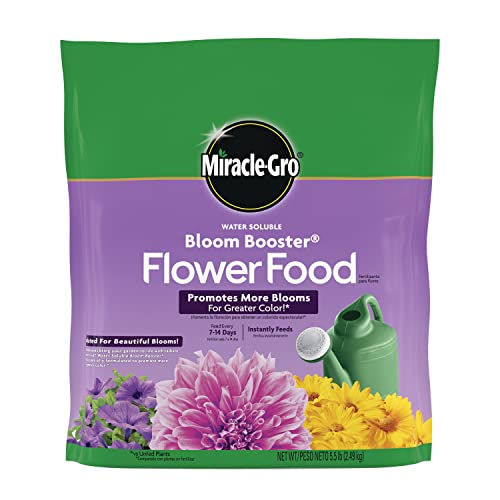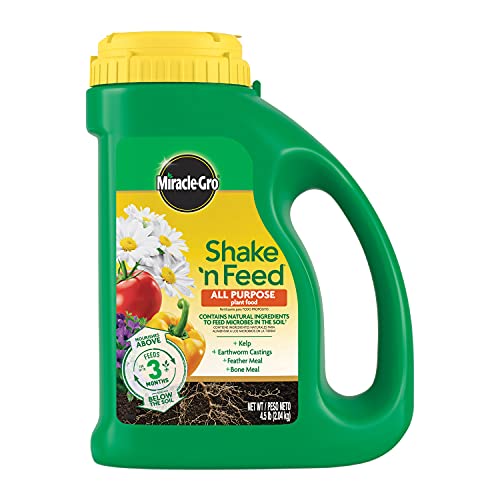When and how to fertilize weigela – timing is critical when feeding this colorful shrub
Learning how to fertilize weigela correctly is an important part of caring for these vibrant plants

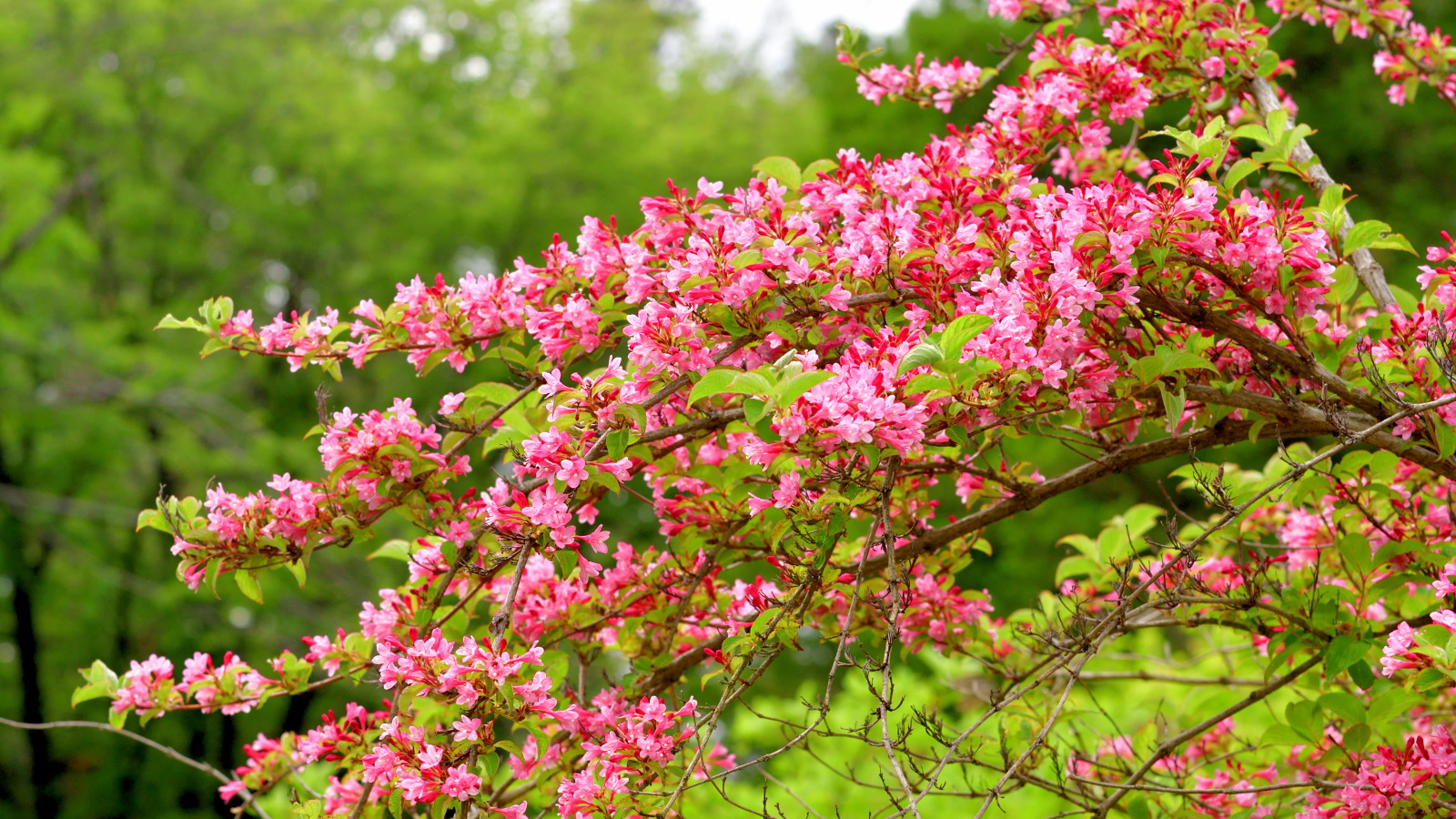
If you are looking for low-maintenance shrubs that won't disappoint when it comes to summer, weigela is the plant to grow. Weigela shrubs are celebrated for producing brightly colored trumpet-like blooms for much of the late spring and early summer, typically blooming in May, June, and July.
The flowers can be found in a range of colors, from deep red to pale yellow, and will prove to be a hit not just with garden visitors, but passing pollinators too. What's more, these vibrant shrubs are tolerant of most soil conditions and can handle both direct sun and part shade. Who doesn't like a low-maintenance plant?
When considering how to grow weigela, these fast-growing shrubs are native to Asia, eventually reaching 6 feet to 15 feet tall. When positioned at the back of a sunny, sheltered border, weigela shrubs will thrive. Here, gardening experts advise on the best approach to feeding your weigela plant, including the best products to use.
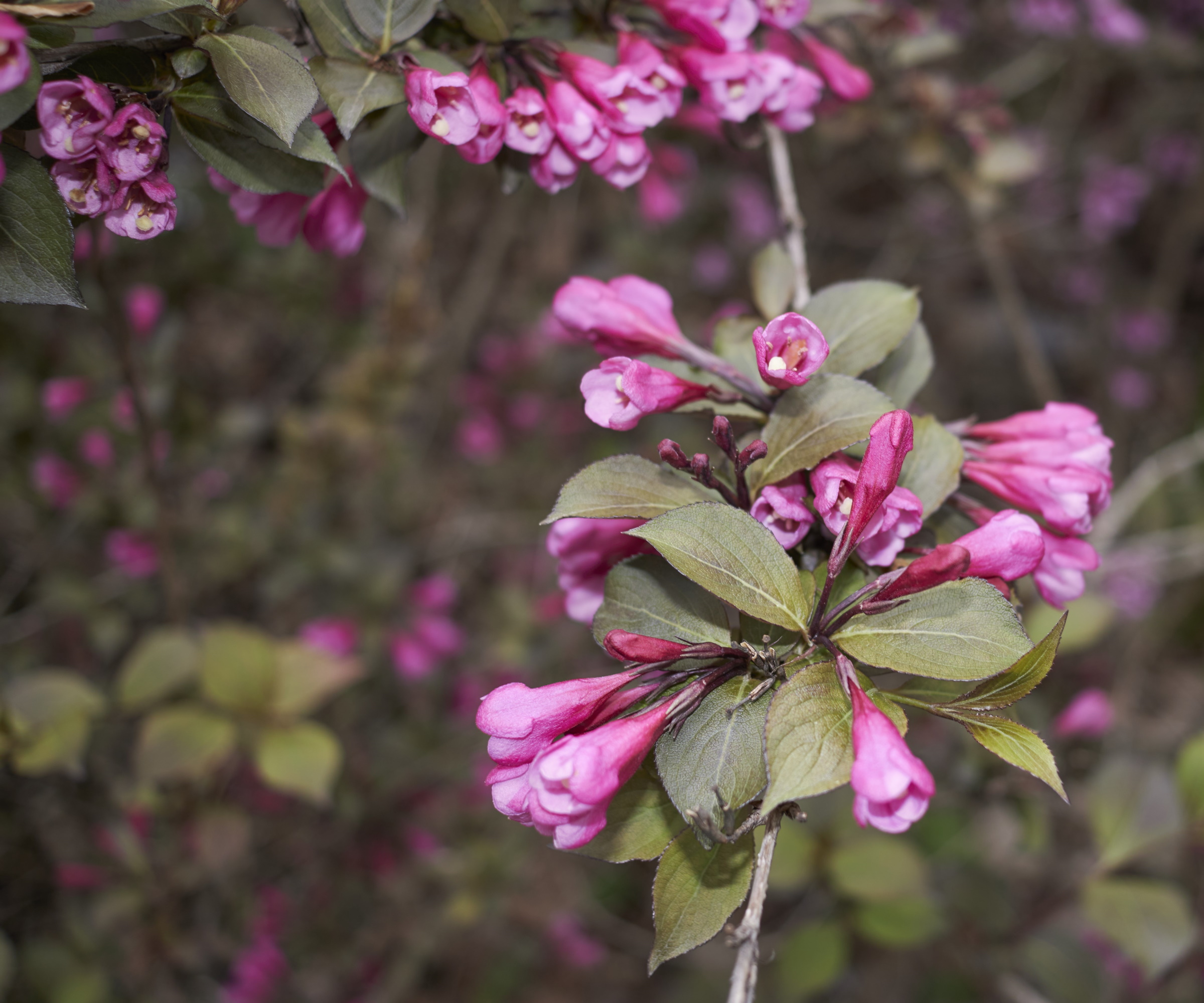
Discover how to fertilize weigela
Weigela are prized for producing brilliant blooms in late spring and early summer. Growing best in US hardiness zone 4 to US hardiness zone 7, these shrubs will illuminate backyards with pink, red or yellow flowers that can measure up to 1 to 2 inches in length. Learning how to fertilize weigela and the right time to do so is important when caring for these popular plants.
When to fertilize weigela
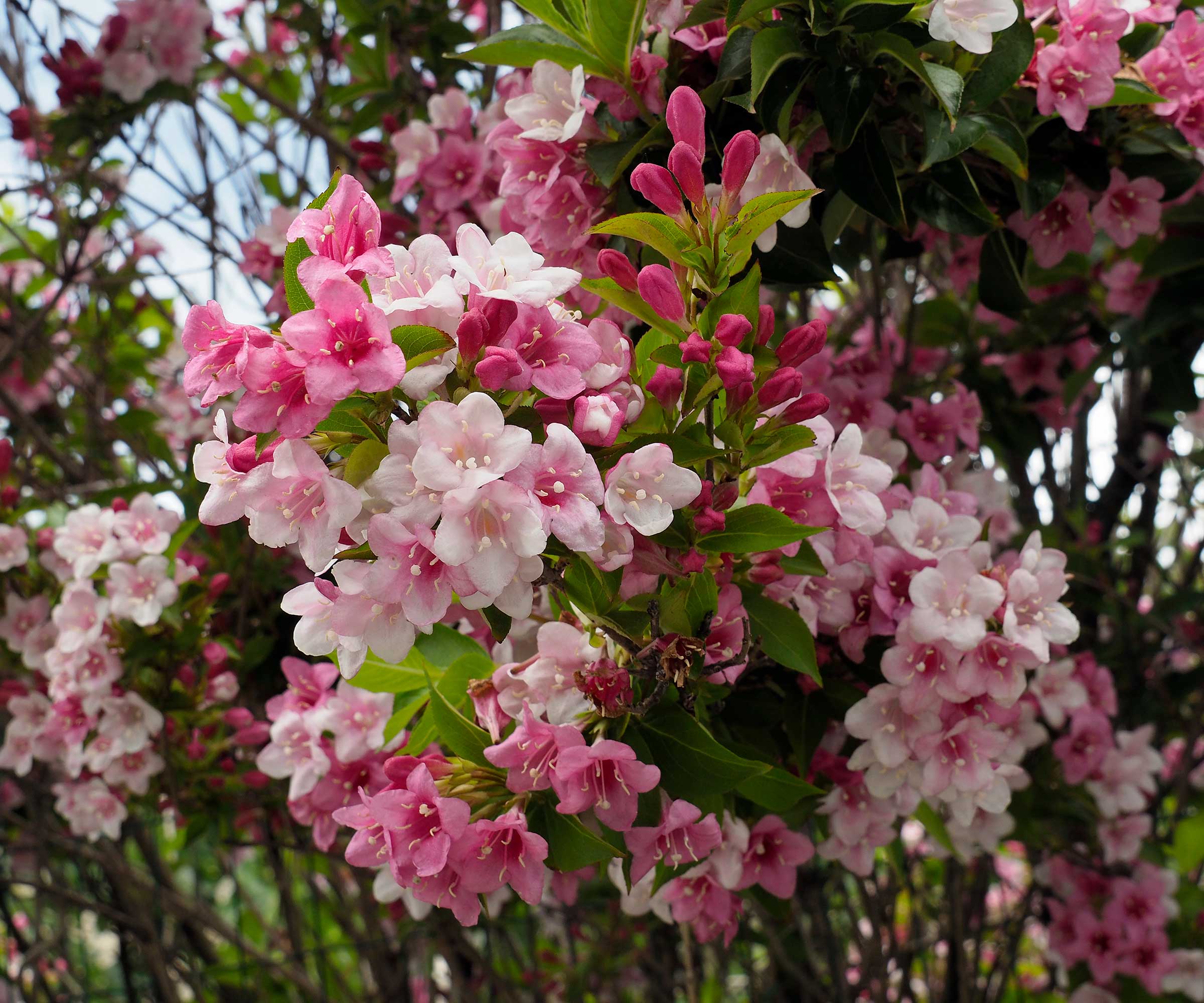
'Weigela are low-maintenance shrubs and are not considered to be heavy feeders,' says plant expert, Katie Sunderlage. 'For this reason, I would suggest feeding once - and only once - each year.'
Katie recommends fertilizing in 'late winter or early spring, just when buds and shoots start to emerge from the ground.'
Applying fertilizer - such as this shrub fertilizer, available from Walmart - in February or March is the best approach, giving your weigela plants a boost before they bloom in late spring.
Design expertise in your inbox – from inspiring decorating ideas and beautiful celebrity homes to practical gardening advice and shopping round-ups.
While it can be tempting to feed your weigela shrubs during the summer, this is not recommended. Feeding your plants when it is not necessary is a common fertilizing mistake to avoid. Instead, it is best to follow a light feeding schedule, and fertilize only once in the spring which will help to maintain healthy plants.
For weigela plants grown in pots, I would suggest feeding once in the spring, as Katie recommends, and using a small amount of feed once or twice during the summer. I would half the recommended dosage of fertilizer, but some feed can help plants grown in pots that can often be starved of nutrients.

Operations Manager at Holland Group, managing the customer service department and purchasing. Katie has been in the green industry since 2005 in the Greater Milwaukee area, earning her degree in Horticulture in 2008. She has been able to share her love for plants working in multiple garden centers, in sales positions and most recently in an online retail platform at Holland Group.
How to fertilize weigela
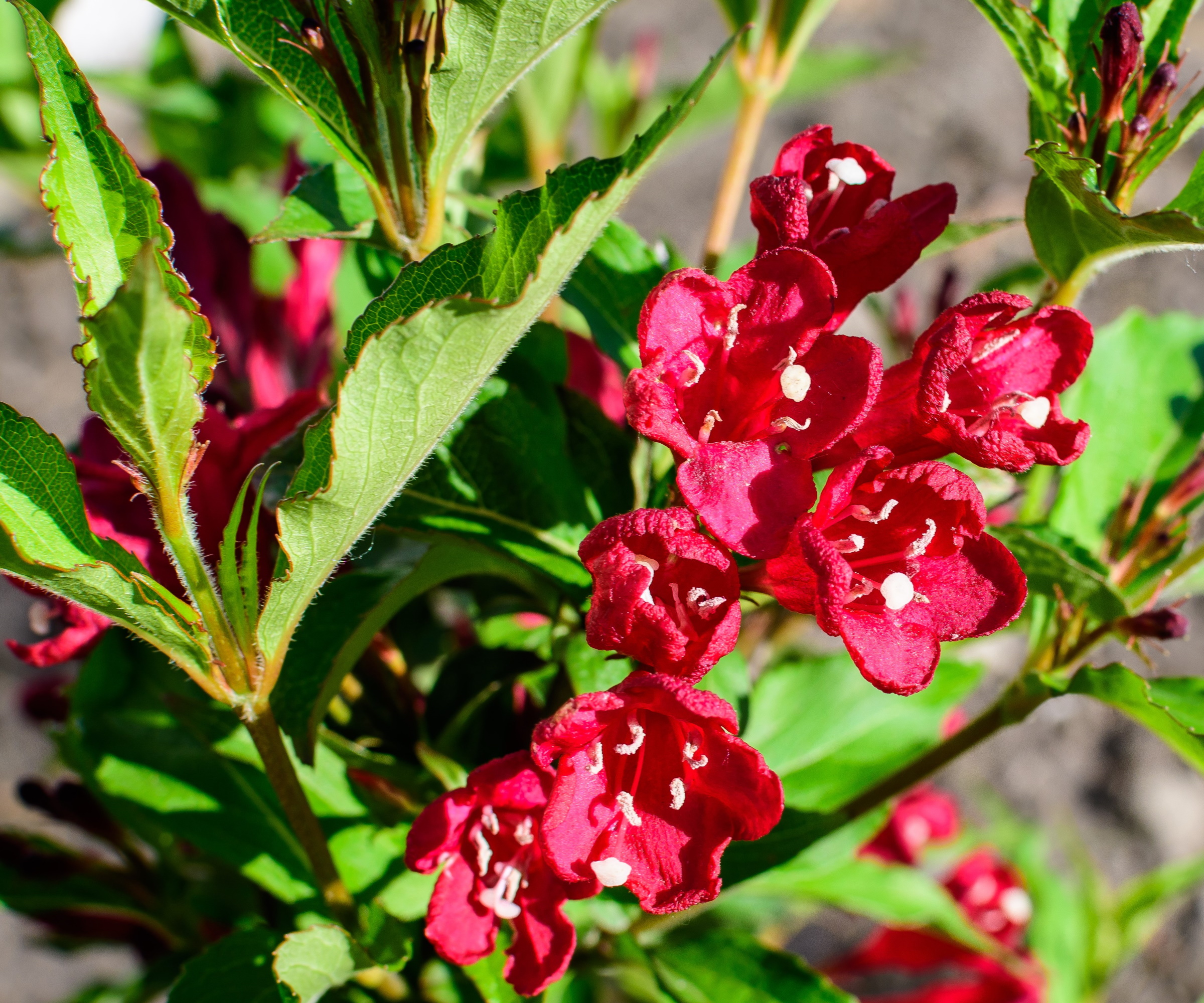
'In late winter or early spring, just before the plant breaks dormancy, that is the time to feed weigela,' Katie continues. 'It’s best to use a slow-release fertilizer that will continue to feed throughout the Spring and Summer months,' such as this shake and feed fertilizer from Walmart.
'Using a feed with balanced plant fertilizer numbers is a good idea,' Katie says, 'any product with a 10-10-10 label is best.
'It’s really important to follow directions on whatever type of fertilizer is used,' Katie continues. 'Regardless of the type of feed, whether it’s water soluble, granular or powder form, be careful to avoid applying too much or directly on the plant itself, as this can cause the fertilizer to burn on the leaves or stems.'
Katie recommends carefully applying any fertilizer to the base of the plant, which will ensure the best nutrient absorption through the roots.
'It is important to note that weigela do prefer a soil pH level between 5.5 to 7.5,' Katie continues. 'So if your plant looks unhappy, do not automatically think it needs feeding. It is a good idea to test the pH levels of the soil, as your plant could be struggling with soil acidity or alkalinity.' Soil tests are available from Amazon.
Finally, as with any shrub, it can be a good idea to mulch your borders in the fall, helping to improve soil health and nutrients in the ground. Organic mulch is available from Walmart.
Shop fertilizer
FAQs
Can I fertilize weigela plants in the summer?
For any weigela plants grown in the borders, fertilize only once per year in the spring. Do not feed these plants in the summer. If you have missed this window, do not worry, just remember to add this job to your spring gardening checklist next year. For weigela plants grown in pots, feed once in the spring with a slow-release fertilizer, and then apply a very light amount of water-soluble fertilizer once or twice during the summer.
Feeding weigela once a year will help your shrubs produce brilliant blooms and plenty of new growth. Do not be tempted to over-feed your plants, as this can do more harm than good. For more weigela gardening advice, see our guide on how to prune weigela, to keep your plants in tip-top shape this year.

Thomas is a Content Editor within the Gardens Team at Homes and Gardens. He has worked as a professional gardener for both public spaces and private estates, specializing in productive gardening, growing food and flowers. Trained in Horticulture at the Garden Museum, he has written on gardening and garden history for various publications, including The English Garden, Gardens Illustrated, Hortus, The London Gardener and Bloom. He has co-authored a Lonely Planet travel book, The Tree Atlas, due out in 2024.
